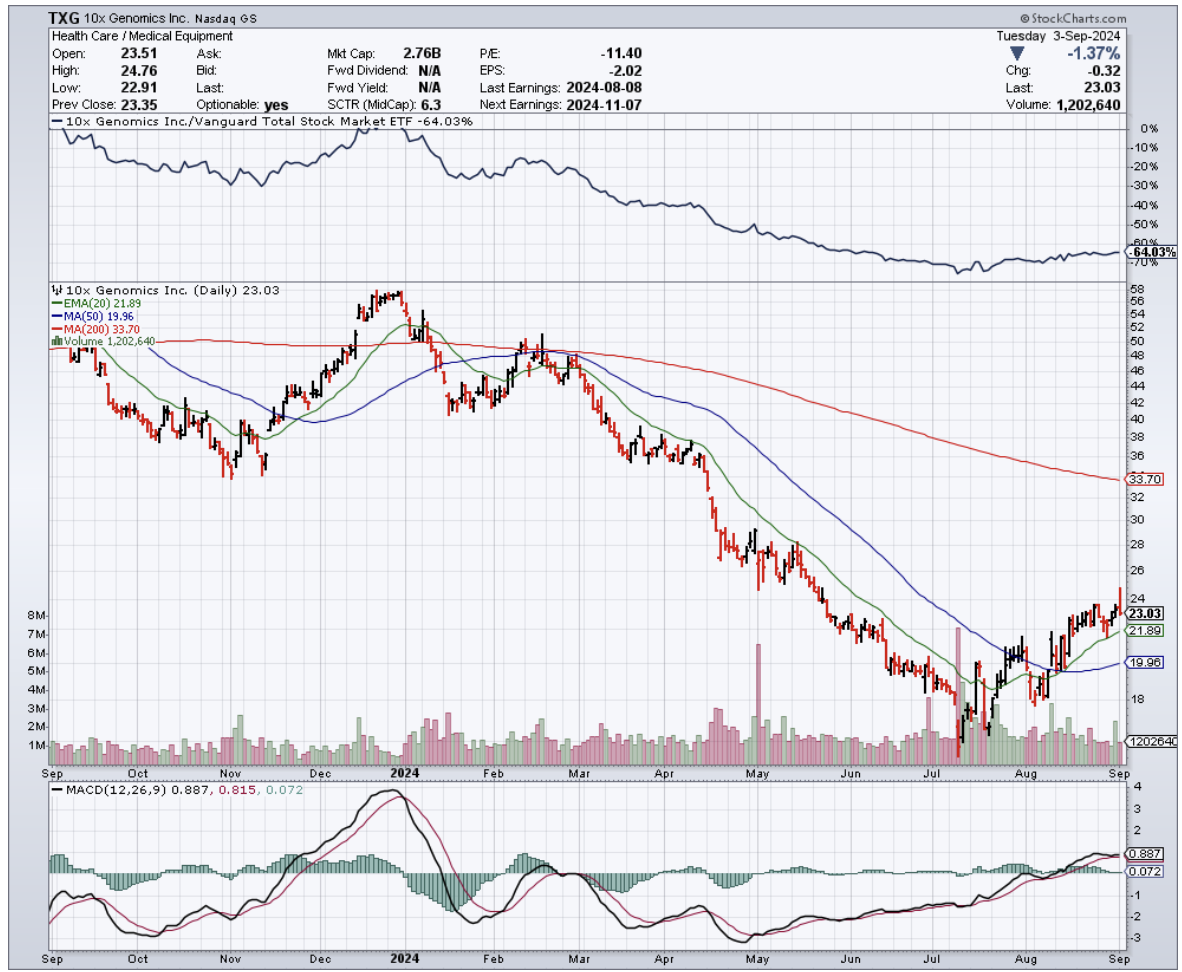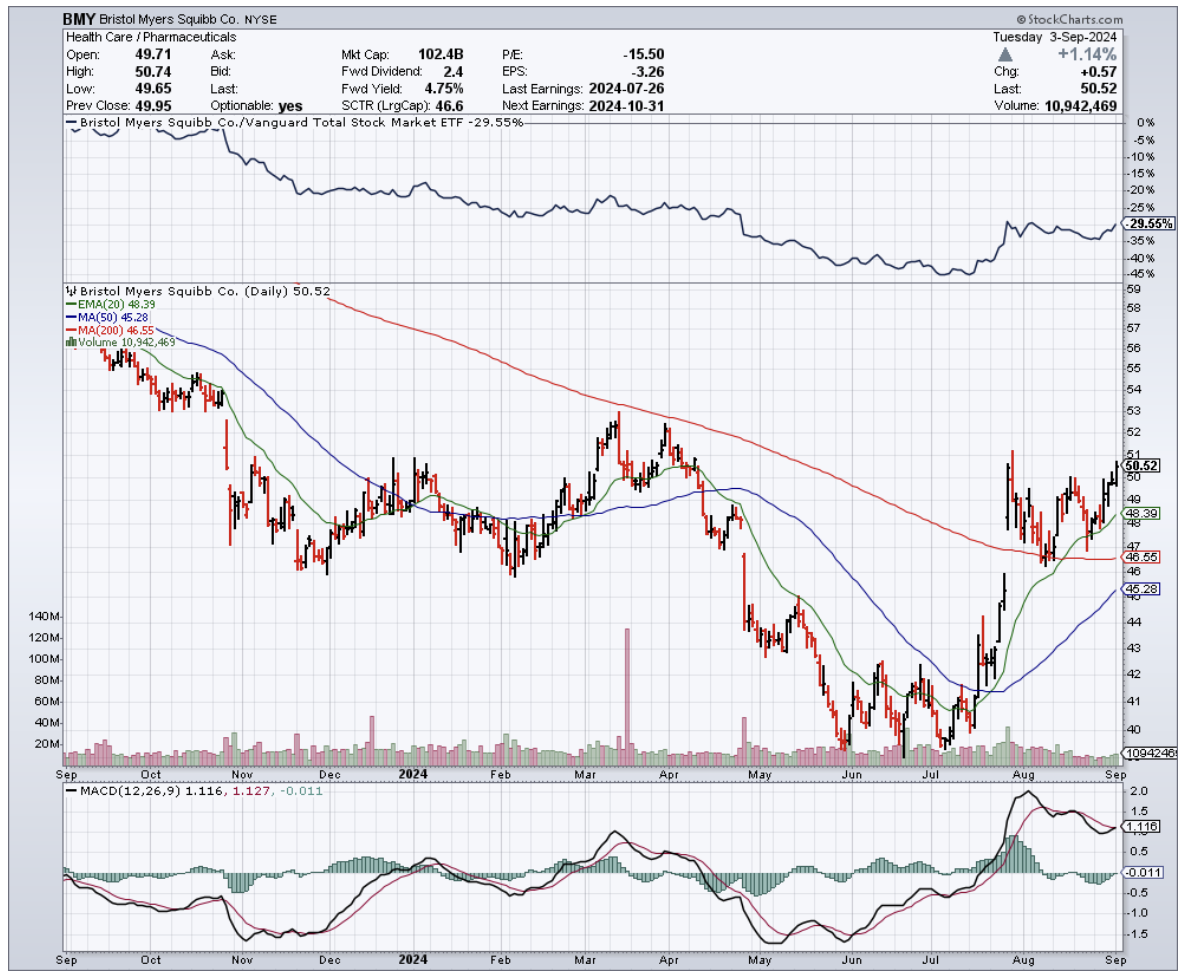I've been tracking the biotech sector for decades now, and let me tell you, we're on the cusp of something big. Single-cell and spatial genomics are shaking up cancer research like nothing I've seen before.
Remember when we used to look at tumors as one big blob of cells? Those days are gone.
Now, it's not just about understanding tumors anymore – it's about dissecting them cell by cell, mapping them out like uncharted territories.
Single-cell genomics is giving us a front-row seat to the cellular soap opera playing out in every cancer.
From where I'm sitting, this is the kind of revolution that separates the wheat from the chaff in my portfolio. We're not just identifying the players anymore. Instead, we're mapping out their positions and interactions with unprecedented precision.
Take what's happening at St. Jude Children's Research Hospital. They're using single-cell genomics to crack the code on why some stages of B-cell acute lymphoblastic leukemia thumb their noses at chemotherapy.
And this isn't just academic navel-gazing. It's actually paving the way for treatments that pack a real punch.
Or look at what Fynn Biotechnologies is doing with 10X Genomics' (TXG) Xenium In Situ platform.
They're peering into breast cancer tumors and finding that the neighborhood where immune cells hang out can make or break immunotherapy.
This is the kind of insight that turns the one-size-fits-all approach to cancer treatment on its head.
Now, let's talk turkey. Where's the money in all this? I've got my eye on a few players.
First up, 10X Genomics. These folks aren't just dipping their toes in the single-cell and spatial genomics pool; they're doing cannonballs.
Their Chromium and Xenium platforms are becoming the go-to tools for researchers and clinics alike.
And the numbers don't lie – they pulled in $156 million in Q2 2024, up 25% from the year before.
NanoString Technologies (NSTG) is a bit of a different story. They've been a big name in spatial biology with their GeoMx Digital Spatial Profiler, but they've hit some rough waters.
Filing for Chapter 11 in early 2024 wasn't on anyone's bingo card. Despite a solid Q4 2022 with $36.2 million in revenue (up 29% year-over-year), their legal tussle with 10x Genomics and other financial headaches have put them in a tight spot.
But don't count them out yet – Bruker Corporation (BRKR) swooping in to buy up their assets might just be the lifeline they need.
Illumina Inc. (ILMN) is another heavyweight worth watching. I’ve said it before, and I’ll say this again – this biotech is the reigning 800-pound gorilla in DNA sequencing. And now, they're muscling into single-cell genomics.
Their acquisition of GRAIL shows they're serious about early cancer detection. Sure, they've had some regulatory speed bumps, but with a market cap of about $33 billion in Q3 2024, they're not going anywhere.
Don't overlook the big pharma players either. Bristol-Myers Squibb (BMY) is betting big on precision medicine, teaming up with 10X Genomics to bring single-cell analysis into their drug development pipeline.
With BMY’s oncology portfolio raking in $17.3 billion in 2023, they've got the cash to make big moves.
Gilead Sciences (GILD) is another one to keep an eye on. Their purchase of Kite Pharma put them in the cell therapy game, and they're not shy about using genomic data to develop new cancer treatments. In fact, their cancer segment grew by 22% in 2023.
And let's not forget Bio-Rad Laboratories (BIO). They might have seen a slight dip in net sales from $2.9 billion in 2022 to $2.68 billion in 2023, but their Single-Cell ATAC-Seq Solution is still a key player in epigenomic analysis.
Now, let's zoom out and connect the dots. The genomics market is on a tear.
We're looking at a jump from $18.85 billion in 2020 to a projected $62.9 billion by 2028. That’s a massive growth, and it's directly impacting companies across the board.
Take 10X Genomics, for instance. Their Q2 2024 revenue hit $156 million, a 25% year-over-year increase that's directly tied to the surging demand for their single-cell and spatial genomics tools.
The single-cell genomics market alone was worth $2.4 billion in 2022 and is looking at a CAGR of 16.7% from 2023 to 2030.
Meanwhile, the precision medicine market, fueled by these genomic advancements, is projected to balloon from $66.1 billion in 2023 to $140.6 billion by 2030.
Let's not kid ourselves, though. Biotech investing is not for the faint of heart. You've got to have the stomach for high R&D costs, regulatory labyrinths, and cutthroat competition.
Just look at NanoString Technologies - one minute they're reporting a 29% revenue increase, the next they're filing for Chapter 11. It's a rollercoaster, but for those who can hang on, the potential payoff is enormous.
So, where does this leave us? Well, I didn't spend decades in this game to tell you to play it safe, but I'm not here to see you bet the farm either. Instead, I’m here to tell you to play it smart.
Add those nimble upstarts like 10x Genomics to your watchlist - they're the racehorses that could leave the pack in the dust.
And when the market gets jittery, that's your cue to swoop in on steady workhorses like BMY and Gilead. They might not be as sexy, but they’ve got the tried-and-tested staying power.
Remember, in biotech, today's underdog can become tomorrow's alpha faster than you can sequence a genome.
So stay alert, keep your powder dry, and for Pete's sake, don't wait for a gilded invitation to buy the dip.


